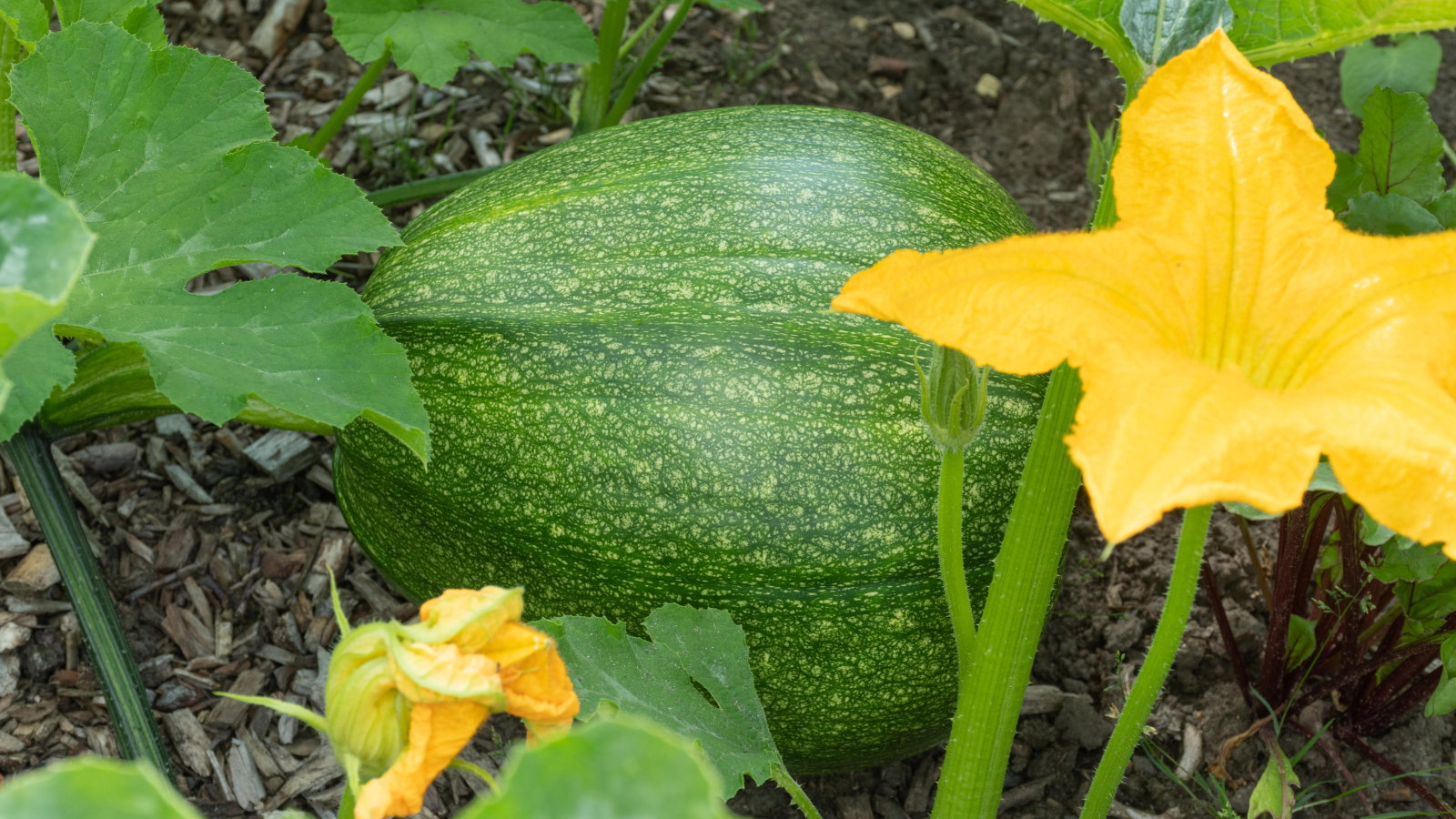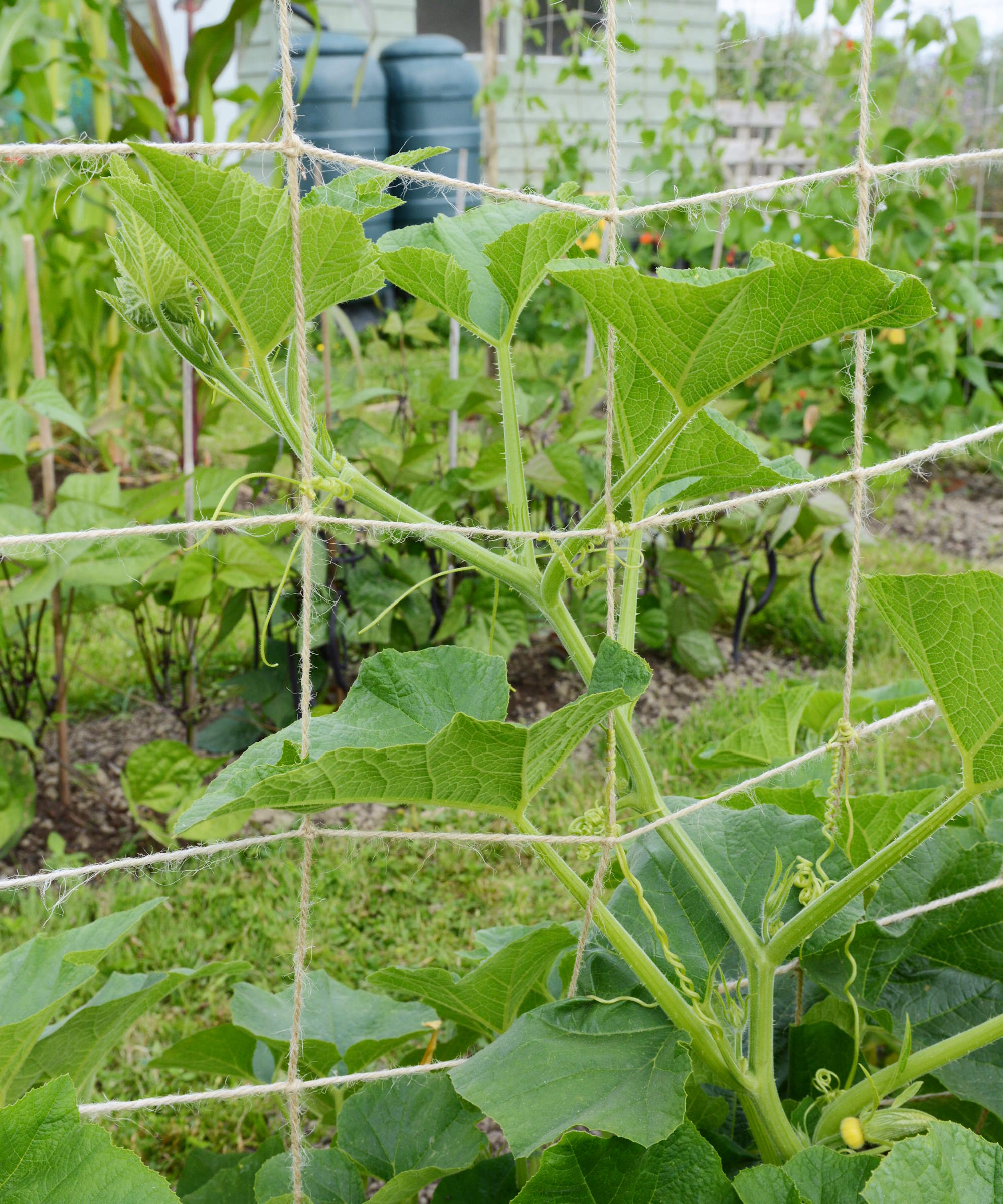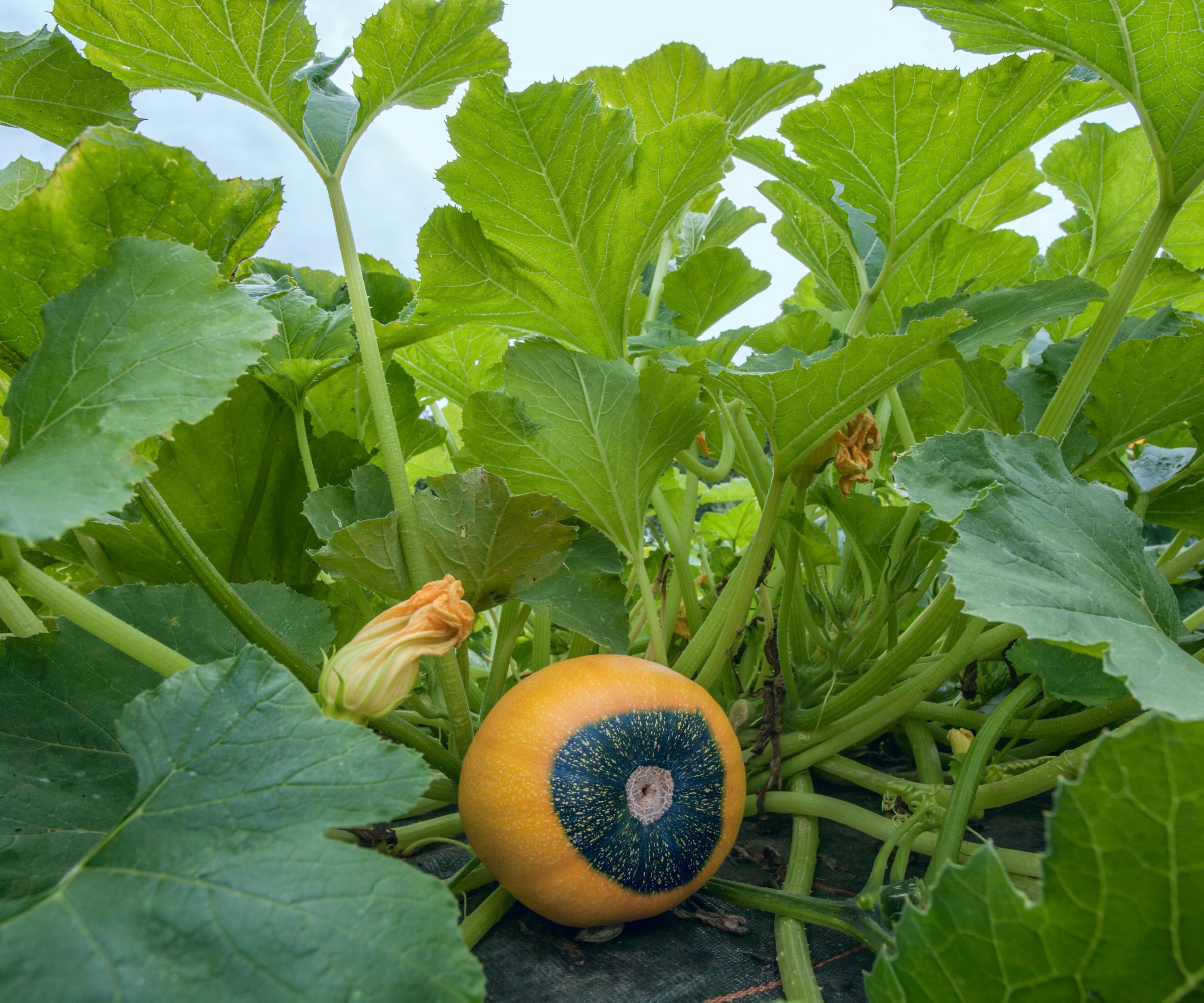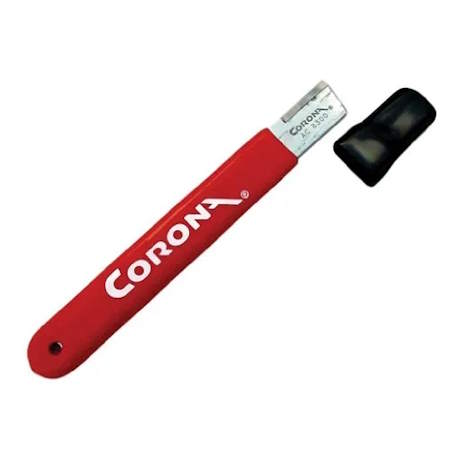How to prune squash plants – an experienced grower explains why this 1 underrated task can make a big difference
Pruning squash plants keeps them healthy, saves space, and can enhance your harvest


In reality, most growers don’t prune squash plants. One of the reasons squashes and pumpkins are so popular is that their sprawling habits make them low-maintenance. You do not need to definitely prune squash plants, though you may be tempted to going forward after I reveal the benefits.
This is because trimming squash plants in summer keeps plants healthy and focuses the energy on developing better fruits. As a grower who has seen squash regularly succumb to powdery mildew and picked a mix of large fruits and smaller unripened ones come the end of the season, these are two situations that can be improved by pruning.
If you grow squash and want healthier plants and better fruits, you'd better make time to prune squash plants. It is especially beneficial if you are short on space in your vegetable garden, as pruning stops the plants from requiring such a large footprint.

Why, when and how to prune squash plants
It is not a prerequisite that you need to prune squash plants, they will grow happily without trimming and provide you with a harvest. However, it is worth discovering the benefits, whether you are growing summer or winter squash varieties. Let’s find out why to trim, along with when and how to prune squash plants:
Should you prune squash plants?

Squashes are renowned as sprawling plants that can grow vines over 10 feet long. One way to control the space they need is to grow squash vertically up a vegetable garden trellis or arch.
An alternative is to prune squash plants, which not only reduces the space required but also helps keep plants healthy and boosts your squash harvest. Taking time to prune squash plants will be highly beneficial if you are cultivating them in small vegetable gardens, raised beds, or growing squash in containers.
Trimming side shoots, especially vines without flowers or fruit, halts the squash plants from expending lots of energy on growing more and more stems and foliage. The energy is focused more on developing and ripening fruits – you may get slightly fewer fruits, but the ones you do pick will be larger and ripe come harvest time.
Design expertise in your inbox – from inspiring decorating ideas and beautiful celebrity homes to practical gardening advice and shopping round-ups.
Taking the time to prune squash plants also boosts air circulation around the vines. This helps prevent fungal infections, such as powdery mildew, and healthier plants are less susceptible to pests. This includes troublesome squash vine borers and cucumber beetles.
When to prune squash plants

Prune squash plants in summer, once the first flowers and fruits have started forming on the vines. The vines are developing quickly and can handle pruning as they will have healthy stems and foliage at this point in the season.
You wait until the flowers have formed and the first small fruits are developing, to ensure you get a good harvest of fruits. It would be an error to prune plants before this stage, and your eventual yield would be negatively affected.
After the first pruning in early to mid-summer, you can tips plants out and continue to remove unproductive vines and unwanted side-stems throughout the rest of the season.
If you see squash leaves turning yellow or showing other signs of disease, they can be trimmed from the plant to prevent the spread of the issue.
How to prune squash plants

It is important to have the right kit to prune squash plants. This includes having well-maintained and clean pruning tools, like a pair of sharp pruning shears.
Gardening gloves and long sleeves are recommended, too, as squash plants have prickly hairs on their stems and leaves that can cause skin irritation.
When the first flowers form, work through the vines to remove any non-flowering stems. Squash plants produce lots of side shoots, which emerge where leaves meet the stem, and these can be carefully (and regularly) cut back to the main vine without damaging the stem.
Once the vines are developed and forming fruits, leave three to five developing fruits on the vine and prune the tips away. This cut focuses the energy on developing those selected squash, rather than producing more vines and more fruits.
Take care whenever you prune squash stems. As squash stems are hollow, avoid leaving a lot of stem behind when pruning. Pests are attracted to these hollow stems, and the holes can become entry points for diseases.
Any leaves and stems removed can be used to make compost, unless they show signs of disease.
FAQs
Should I cut the flowers off my squash plant?
There is no need to remove the flowers from squash plants, though the blossoms themselves are edible and can be eaten raw or cooked. Take care to not remove too many flowers, which can affect your yield of fruits.
Can you prune squash too much?
You can prune squash too much, and excessive trimming is a pruning mistake that can affect the plant’s development. Take a gentle touch, especially when the plant is young, and ensure to leave enough foliage for the plant to photosynthesize.
There is a fantastic range of summer and winter squash to grow, producing fruits in a range of shapes, sizes, colors, and flavors. As well as pruning squash plants, another recommended way to keep plants healthy and boost your harvests is to take advantage of squash companion planting.
There is a great range of vegetables, flowers, and herbs to plant with squashes that can repel pests, attract beneficial insects, and tempt in pollinators. Adding one or two of these companion plants can make a big difference.
Shop tools to prune squash plants

Drew has worked as a writer since 2008 and was also a professional gardener for many years. As a trained horticulturist, he worked in prestigious historic gardens, including Hanbury Hall and the world-famous Hidcote Manor Garden. He also spent time as a specialist kitchen gardener at Soho Farmhouse and Netherby Hall, where he grew vegetables, fruit, herbs, and cut flowers for restaurants. Drew has written for numerous print and online publications and is an allotment holder and garden blogger. He is shortlisted for the Digital Gardening Writer of the Year at the 2025 Garden Media Guild Awards.
You must confirm your public display name before commenting
Please logout and then login again, you will then be prompted to enter your display name.
![Tonma Pruning Shears [made in Japan] 8" Bypass Hand Pruners, Garden Scissors Clippers, Plant Trimmers](https://cdn.mos.cms.futurecdn.net/Lqn2P4FeMwZJZJ8CQDAScN.jpg)

